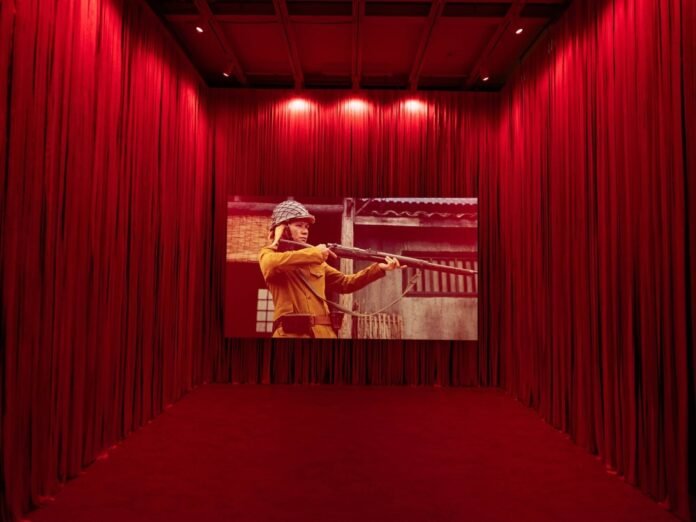Overall, I was disappointed with this year’s Whitney Biennial – it was hard for me to tell whether a video installation was art or an HR training video – but as an economist I have to admit that the exhibition was successful in at least one respect was: It did what art is supposed to do: hold up a mirror to our society and economy. And this year’s biennial shows how America’s elite institutions stifle innovation and creativity.
The theme of this year’s show was the use of artificial intelligence and the “rhetoric around gender and authenticity” to “explore the permeability of mind-body relationships, the fluidity of identity, and the growing uncertainty of the natural and constructed worlds.” to research.’ I liked some of it, but I wasn’t alone in my disappointment. Some critics also complained that much of it was predictable and risk-averse.
It is unfortunate that artists, known for their unconventional politics and solidarity with those who are invisible and discriminated against, now have positions that have been adopted or even surpassed by mainstream cultural institutions and corporations. If artists want to offend or provoke, they need to do work that will truly shock their audience – for example, an installation that sympathizes with the January 6 protesters. But it’s doubtful that an artist who pushes these kinds of boundaries will be accepted into Yale’s MFA program, let alone represented by a renowned New York gallery, let alone attract the attention of a curator at the Whitney.



